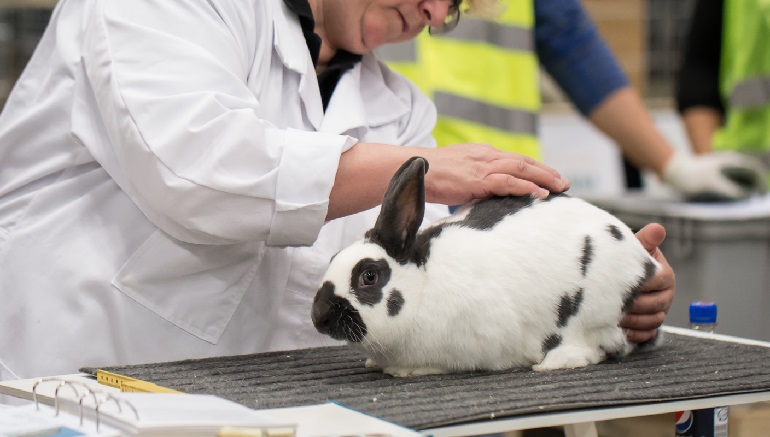 DOI : 10.17577/
DOI : 10.17577/Each year hundreds of thousands of people in the US and other countries worldwide are diagnosed with incurable conditions such as some forms of cancer and motor neurone disease (MND). While these conditions cannot be treated currently, there is hope that we will find a cure for them in the future.

However, in order to do this, we need to perform medical research. To find out what medical research is, why animals are used for some types of research, and the pros and cons of using them, check out the article below:
What is Medical Research?
The term medical research refers to experiments and studies which are completed to verify or increase the amount of information about medical conditions. They look into things such as the causes of certain conditions, how to diagnose them, whether or not they can be prevented, and whether we can control or treat them.
There are several types of medical research, including ethical studies, medical research involving human subjects, and the most common type, which is medical research on animals. Each of these types of research has its advantages and disadvantages.
Why Use Animals in Medical Research?
When researchers develop hypotheses about the possible cause or treatment of diseases, they need to be able to test out these theories. These theories must be evaluated thoroughly to look for potential risks and benefits. To do this, they are often tested on animals such as mice and rats. This allows scientists to gather evidence before using it in human trials.
The Pros of Using Animals for Medical Research
There are many benefits of using animals for medical research. Here are some of the main ones:
- It helps us to find lifesaving vaccines and medications – the landscape of modern medicine would not be where it is today without animal studies.
- The similarity to humans – humans share a similar genetic makeup to some animals. For example, we share 99% of our genetic DNA with chimpanzees and 98% with mice.
The Downside of Using Animals for Medical Research
- Inhumane treatment of animals – the biggest downside of testing on animals is that some types of testing involve subjecting the animal to what can only be described as torture. Of course, scientists do everything they can to prevent this from happening, but it does sometimes occur.
- Lack of applicability – many people argue that the results of tests done on other animals cannot be relied upon. They argue that these tests are a waste of time and money.
- They do not accurately reflect human drug absorption – at present, many animal models do not accurately reflect human drug absorption. However, the hope is that this will soon change. Scientists are developing humanized mouse and rat models to overcome this issue.
The Future of Medical Research Using Animals
As time passes, there is less and less need for animal testing. Scientists are continually coming up with new ways to test medicines and treatments. One example of this is human gene cloning. This type of research can yield more specific results.
Although there are some downsides to using animals in medical research, there are also many advantages. Animals, such as mice and rats, have helped us find hundreds of new treatments and cures over the years, and until new research methods become available, they will continue to help us find cures in the future.

